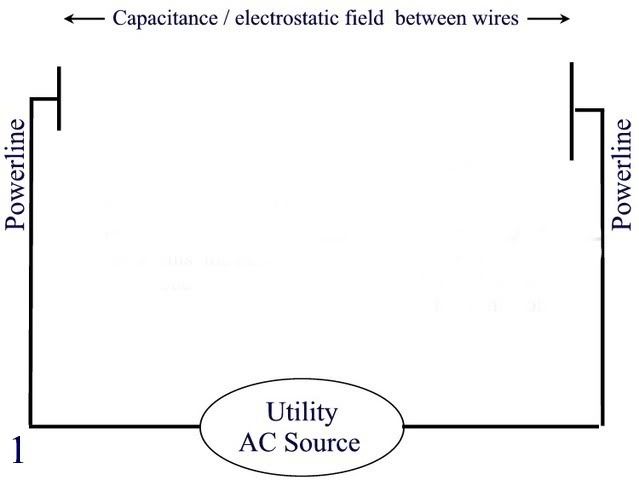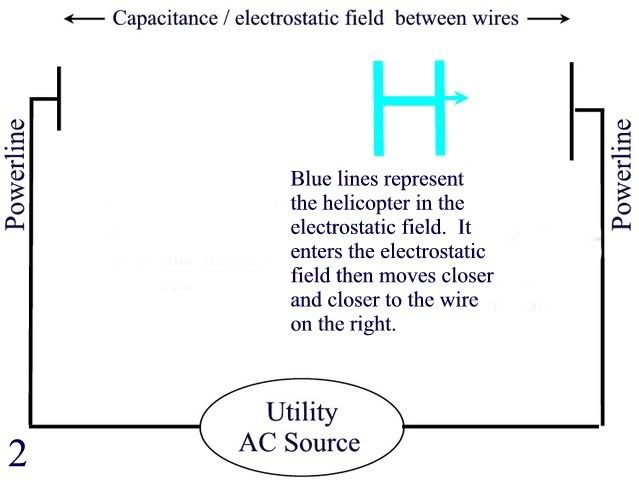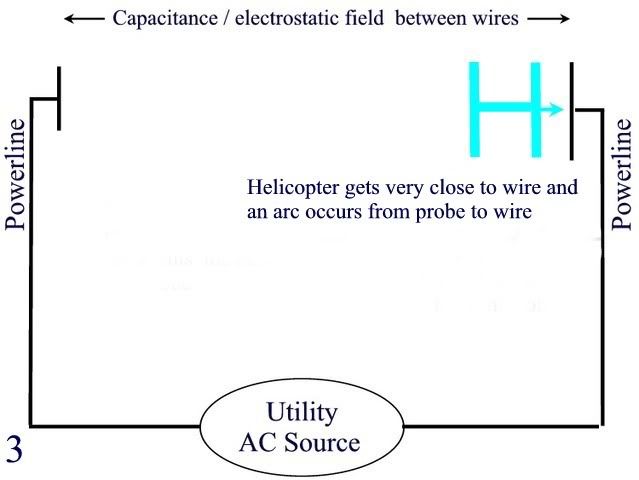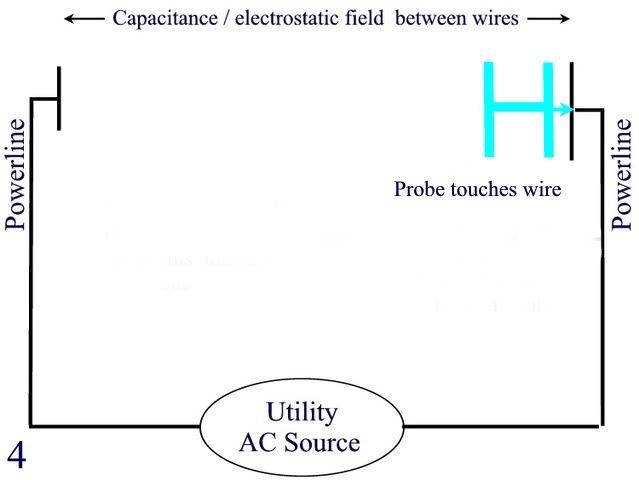Rick Christopherson
Senior Member
Actually, the 20kV/in. is toward the low end of the spread. Some sources put it as high as 80kV/in. at STP.crossman said:As for 20 KV per inch required to ionize air - ...
I am going to preempt your next thought: While it is true that once ionization occurs, a spark can be maintained at lower voltages. However, this is not applicable for AC voltages because the voltage goes to zero twice per cycle. At each zero crossing, the ionization path is broken and has to reestablish itself.
You didn't put very much thought into this statement, did you? When is the last time you saw a #12 wire get hot with only 60mA? You are supposed to be trying to convince me that the current is lower, not higher...oops :smile:crossman said:As for the impedance of the air, again, I know very little. .... If the air was an "extremely good conductor" like a copper wire, then shouldn't the spark be near ambient temperature?
A 5 minute Google search would have negated your guessing.crossman said:I am guessing there are some flaws in the "122,000 volts" and "conductor".
No it doesn't apply to both, because your capacitor assumption precludes this amount of current flow.crossman said:Regardless, this point applies to both the capacitor explanation and your explanation of the helicopter phenomenon.
I don't know the exact amount at this time, but I do know it is too high to support the capacitance supposition.crossman said:In your explanation of the helicopter phenomenon, what level of current do you suspect is flowing between wire and copter?





